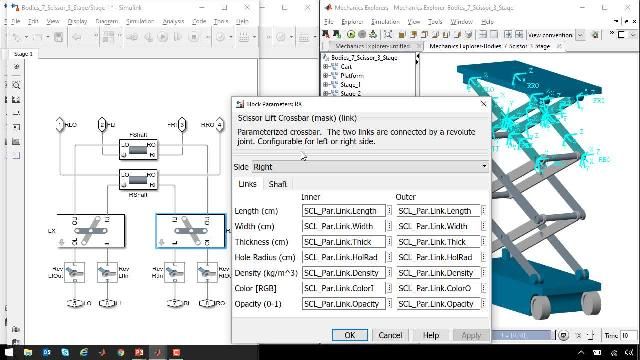Smarter Offroad Automation Starts with Simulation and Virtual Testing
Overview
Across industries like construction, mining, and agriculture, engineers are leading the next generation of offroad heavy machinery - integrating advanced control systems and autonomous capabilities. From INS/GNSS-based navigation for agricultural tractors to precision grading with excavators, these applications demand tight integration of control design, sensor data processing, and system validation.
In this webinar, we explore how MATLAB and Simulink empower control and automation engineers to design and validate control strategies for automated and semi-autonomous offroad systems. Learn how simulation-based workflows can accelerate development cycles, reduce reliance on physical testing, and enhance system performance across industries such as construction, mining, and agriculture. From physical modeling of the mechanics and hydraulics, to developing autonomous algorithms with 3D environments and virtual sensor simulation, to Hardware-in-the-Loop validation — everything can be designed, tested, and validated within the same environment.
Highlights
Through various reference examples from construction, mining, and agriculture, we will cover how to:
- Fuse sensors for accurate vehicle pose estimation and navigation
- Design and tune trajectory-following and motion control algorithms
- Simulate automated earthmoving tasks using inverse kinematics and lidar-based feedback
- Simulate offroad scenarios under varied terrain and environmental conditions to test control and autonomy
- Visualize vehicle behavior in 3D using Unreal Engine for validation
- Deploy control code for real-time embedded hardware
About the Presenters
Dr. YJ Lim is the Principal Technical Robotics Product Lead at MathWorks, with over 25 years of expertise in robotics and autonomous systems. He was a Senior Project Manager at Vecna Robotics, leading advanced robotics development, and Chief Innovation Officer at Hstar Technologies, driving mobile and healthcare robotics. At Energid Technologies, he led teams in robotic engineering. Dr. Lim holds a Ph.D. in mechanical engineering from RPI and a Master’s from KAIST. He received the NASA Tech Brief Initial Award for Excavator Design Validation.
Dr. Christoph Kammer is a senior application engineer at MathWorks in Switzerland. He supports customers in the robotics and autonomous systems domain in the areas of control and optimization, virtual scenario simulation and digital twinning. Christoph has a master’s degree in Mechanical Engineering from ETH Zürich and a Ph.D. in Electrical Engineering from EPFL, where he specialized in control design and the control and modelling of electromechanical systems and power systems.
Recorded: 23 Oct 2025




